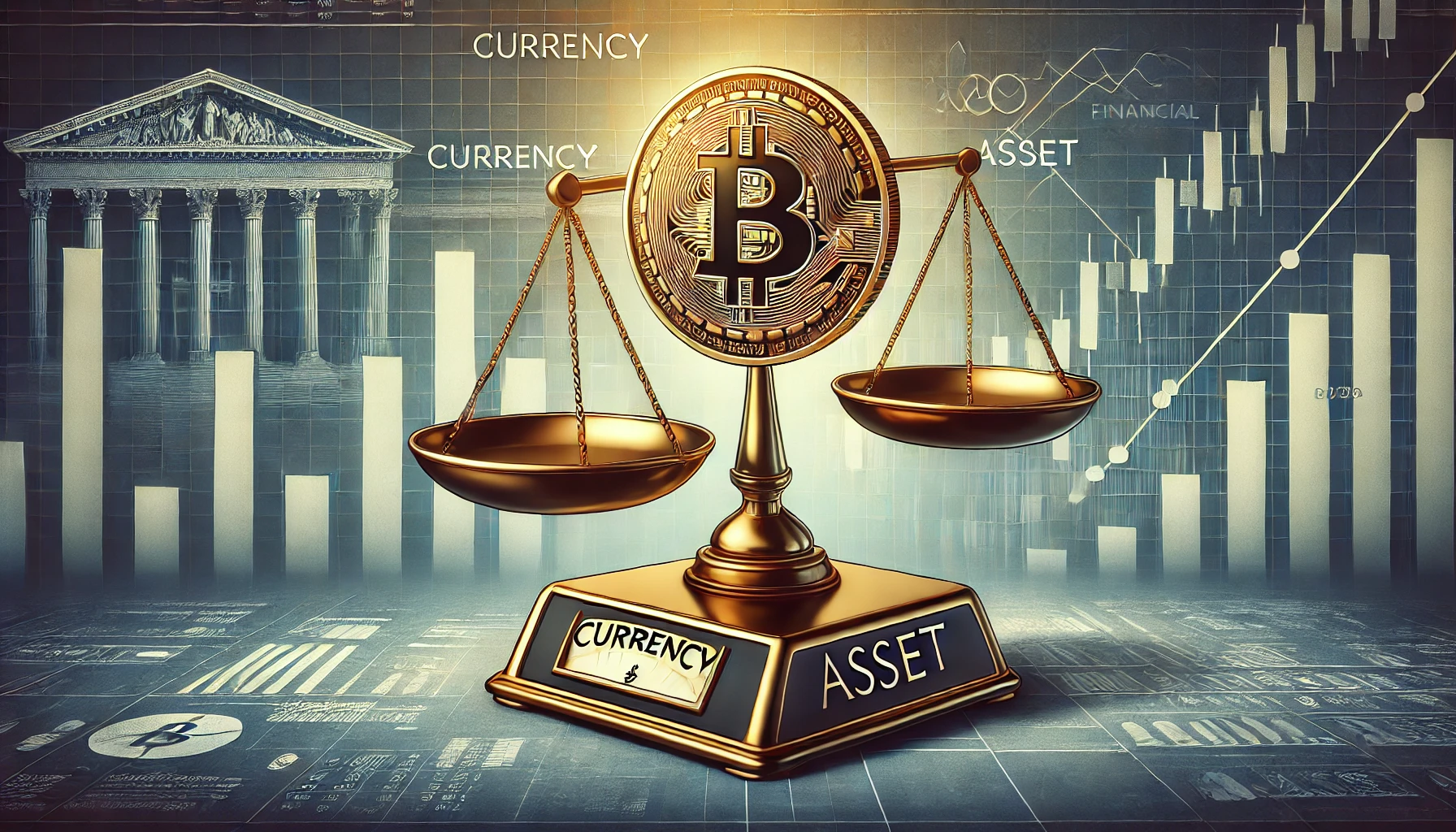The Reserve Bank of Australia president, Michele Bullock, recently stated that Bitcoin cannot be regarded as a currency due to its increasing interest and the current levels of price volatility in the Australian economy. Similar sentiments about the sustainability of the value of Bitcoin were made by Joe Longo, the president of the Australian Securities and Investments Commission. Such utterances have fueled more debate in regards to whether cryptocurrencies are part of the traditional financial systems.
“Bitcoin Is Not Currency, It’s an Asset”
In her speech to the ASIC Annual Forum, Bullock out rightly dismissed Bitcoin as a viable currency. She said that Bitcoin lacked the features it must possess in case it was supposed to be regarded as money in Australia’s economy, or even in its payment systems. Instead, she described it solely as an asset class.
“Bitcoin is neither money nor cash. It is solely an asset class. – Michele Bullock, RBA President

Bullock said, “It would not be possible to include Bitcoin in the local economy since its essential character and volatility did not fit in with the existing payment infrastructures.” Her comment further underlines skepticism in general from the financial regulators about the possibility of cryptocurrencies replacing fiat currencies.
Bitcoin and the “Greater Fool Theory”
Longo has criticized Bitcoin’s recent price movements. He terms the cryptocurrency’s gains as a “greater fool theory,” while investors hope that they will be able to resell overvalued assets. Longo claims recent market behaviour represents this theory. Because of this, there are major risks to Bitcoin’s value. Bitcoin’s price shows significant volatility. Recently, it went below $90,000 but rebounded to around $90,388. Analysts from Swissblock have noted that although the fundamentals for Bitcoin seem to be in order, hitting the $100,000 mark may require a number of tries.
While Swissblock analysts believe that among the challenges that would prevent the ‘growth spurt’ of Bitcoin include a position liquidation which is highly leveraged and probably continued volatility, they advance the long-term prospects for Bitcoin while market behavior signals rather cautious and measured investment strategies.
Bitcoin’s Future: Investor Sentiment and Regulatory Impact

Investor sentiment has lately been the biggest driver for Bitcoin’s upward move. The Fear and Greed Index, which measures the level of emotions in the market, fell from 90 to 83 but still remains in the “Extreme Greed” territory. This implies that although investors have somewhat been cautious, the risk-on appetite by investors in the crypto space is quite elevated. Analysts have, however, warned against excessive optimism, as extreme confidence breeds impulsive choices and more turbulent markets. The speculative nature of Bitcoin and its susceptibility to external factors like regulatory scrutiny and political developments mean that investors need to tread carefully.
The future of Bitcoin and other similar cryptocurrencies will, of course, rely on a mix of market dynamics and regulatory frameworks. Though the mainstream currency space appears limited for Bitcoin, its status as an asset class remains one that continues to draw so much attention from investors and analysts alike. However, as the debate regarding the place of Bitcoin within traditional economies continues, at least one thing becomes abundantly clear: the future of Bitcoin as a currency will depend on whether volatility, regulatory headwinds, and financial system integration issues are addressed successfully. Until then, Bitcoin shall most probably be an asset class rather than a currency.
Conclusion
The debate over the classification of Bitcoin in Australia raises much larger questions about its position in the global financial system. While regulators such as Michele Bullock and Joe Longo view Bitcoin as a speculative asset rather than a real currency, supporters believe that it is a revolutionary force in finance because of its decentralization and potential for innovation.










